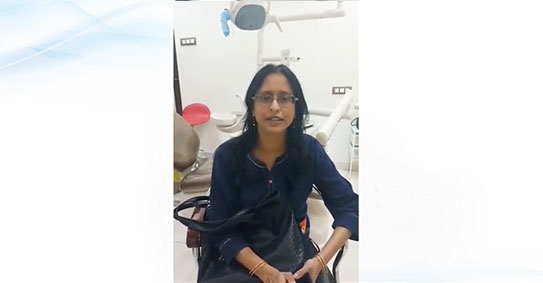It is not unusual for the patient to present for a consultation at the oral surgeon’s office and be informed at some point in the discussion that he or she may require a “bone graft” in order to maximize the outcome of dental implant surgery. While this sounds pretty scary at first, the truth is that bone grafting in the oral cavity today is a routine, predictable and painless procedure.
Types of Bone Grafts
A bone graft is bone or bone-like material, which when added up to the existing bone, increases the volume of bone in the jaw. Typically, the bone graft is placed and integration is ensured before the implant can be placed.The healing period can vary i.e from 4 to 6 months depending on the type of bone.
There are many types of bone grafts, but they all fall into one of several categories:
1. Autograft – bone used from the patient’s own body.
2. Allograft – bone from a genetically similar organism
3. Xenograft – bone from a genetically dissimilar organism
4. Synthetic – a synthetic biocompatible material
The type of bone graft that will be chosen will depend on the situation, and on the amount of bone required.







